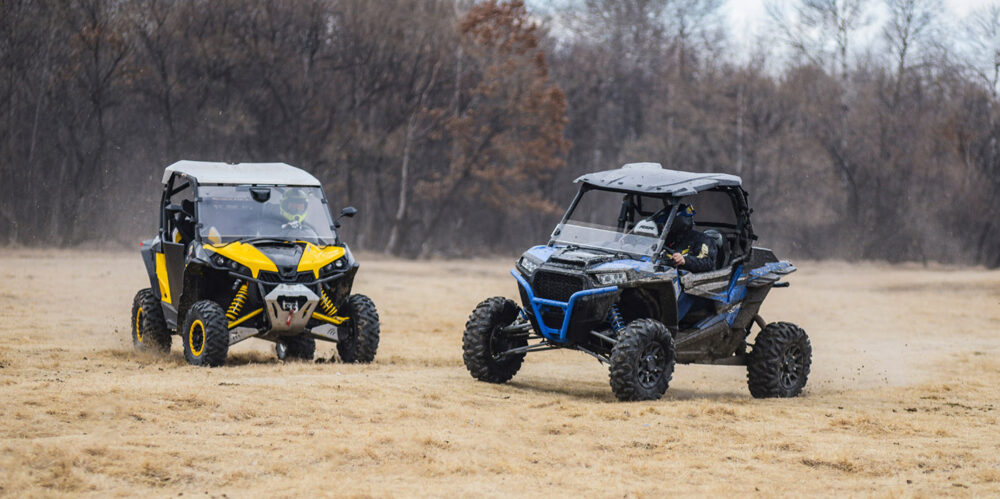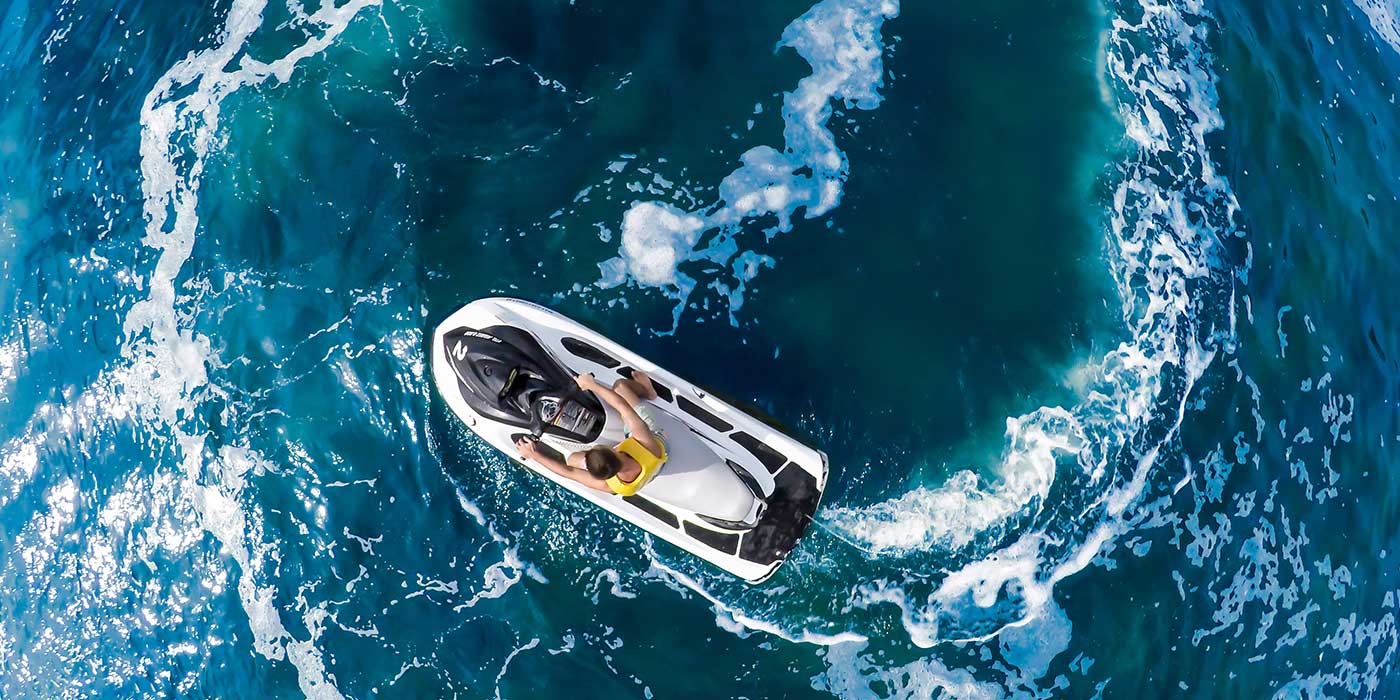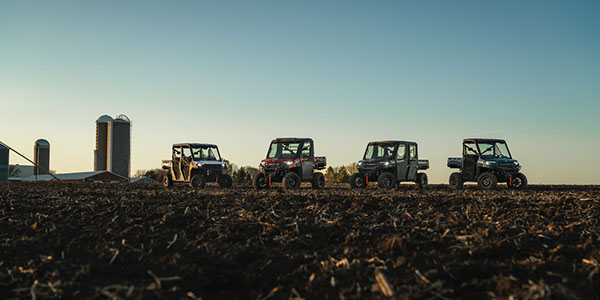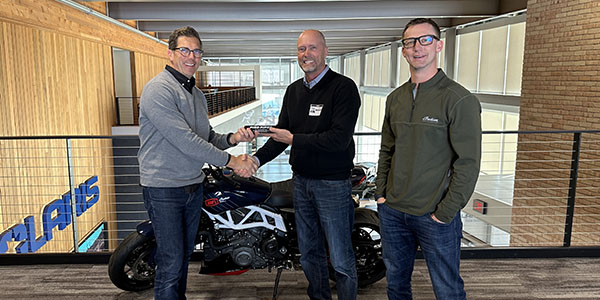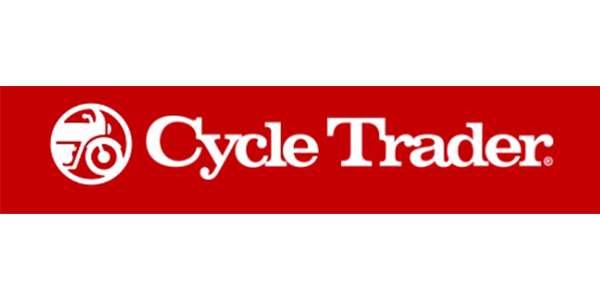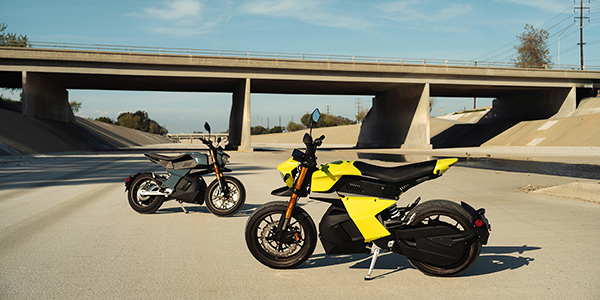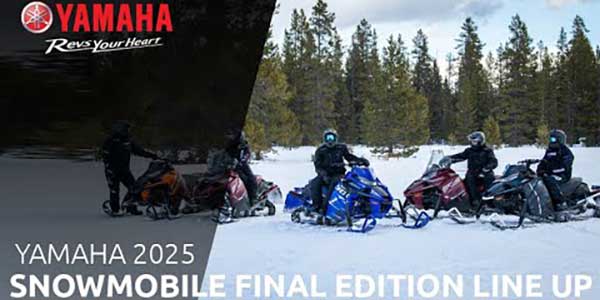One of the most complex parts about selling side-by-side vehicles (SSV) is keeping track of all the different trim levels and accessory options available. There’s no standard in the SSV industry for what a “basic” trim level is. For some manufacturers, a basic trim means a full cab system — complete with doors, roof, rear panel and windshield — but for others, it might lack some or all of these features.
“It is important to understand the customer’s needs and budget,” says Gabriel Cruz, marketing director for Segway Powersports. “Beyond the customer profile, it is important for the sales associate to be well-versed in the vehicles available on the showroom floor to be able to guide the customer into making the best decision for their needs. Post COVID, cross-selling has become sort of a lost art.”
With that in mind, let’s brush up on some best practices for upselling customers’ tickets. Last week, we looked at customer profiles to determine whether utility or sports vehicles might be right for them. In this article, we’ll build on that approach to see which trim and accessory options to pitch at the time of purchase.
Different Trim Options and Accessories
Let’s begin by looking at one of the most varied trim option features: doors. Many basic models come without them, but others offer anything from netting to half-doors to full doors. In addition, some doors can only open from the outside while others can open from both inside and out.
While your first impression might be to sell doors to increase the purchase price, some customers may not want them. Depending on the vehicle’s intended application, it may be more convenient to forego full doors for a different option. For instance, while sport users may find full doors an added safety measure for bumpy treks on the trails, utility users may need to jump in and out of the cab on the worksite, and doors could just slow them down.
If you can’t sell a customer on doors, you can always try a different aspect of the vehicle. In addition to roofs and windshields/rear panels, other options include light bars, winches, bumpers, storage/luggage racks and cab enclosures. With so many options, it can get overwhelming, but when you know why your customer wants the vehicle, you can help narrow down the field.
Jon Rall, four-wheel public relations supervisor at Kawasaki, offers this succinct advice: “Help them visualize the possibilities.”
Of course, a visual is worth a thousand words, so outfit your showroom models with these various options as well as other accessories (such as luggage or aftermarket exhaust). To keep things fresh on the showroom floor, you can even change out how models look, such as hooking up a snowplow to a fully enclosed cab model in the colder months or outfitting a camo-SSV in full gear during hunting season.
While your goal may be to bring customers in as often as possible, in this age of convenience and one-stop shopping, it actually behooves you to sell everything to a vehicle customer all at once rather than having him or her return for additional items in the order later. Not only will this convenience enhance the customer experience, but consider that it’s easier for you, the dealer, to tack on accessories to the sales ticket during this already hefty purchase, when the customer has come with the mindset of spending money, rather than later, once the sticker shock has settled in and the customer hesitates to return and buy more.
In this vein, some original equipment manufacturers (OEM) have made it easier for customers and salespeople alike by offering accessory packages for different niches. This way, a customer can order everything together instead of having to search for a bunch of separate accessories. “It might be a hunting package, lighting package, entertainment package and stuff like that,” Rall explains.
“That offers ease because it’s just a single part number that has many parts within it,” says Tomi Lutz, four-wheel product manager at Kawasaki. “Instead of ordering, say, 10 individual accessories, you just order the one and it comes with all those 10 accessories.”
Recent SSV Updates
Staying on top of technology updates is critical as well. Technology develops quickly, so what might be only a premium trim level offering one model year could be spread across all trim levels the next year.
For instance, according to Miller, one recent change the SSV market is seeing is the introduction of dual-clutch transmissions (DCT). “This is a performance-based transmission that does not use belts,” he explains. “Belts are a common failure point for SxS customers, and a DCT transmission eliminates this failure point and brings a very high level of performance to an SxS.”
According to Rall, electronic suspension has also become very prominent, as have infotainment screens that display everything from belt temperature to the fuel gauge. Many SSVs also feature enhanced audio systems. If SSVs are starting to seem more and more like miniature cars, you’re not wrong. Manufacturers are continuing to improve the driving experience of these products.
“What we’ll see in the future is just continued refinement,” Lutz concludes. “By and large, we look to the automotive world for inspiration, and a lot of that finds its way and trickles its way down into powersports eventually. I think maybe you’ll see … more luxurious interiors, more tech, more exterior refinement, more paint on the vehicle, body panels fitting together nicer, fewer exposed fasteners. Just in general, more and more refinement.”

